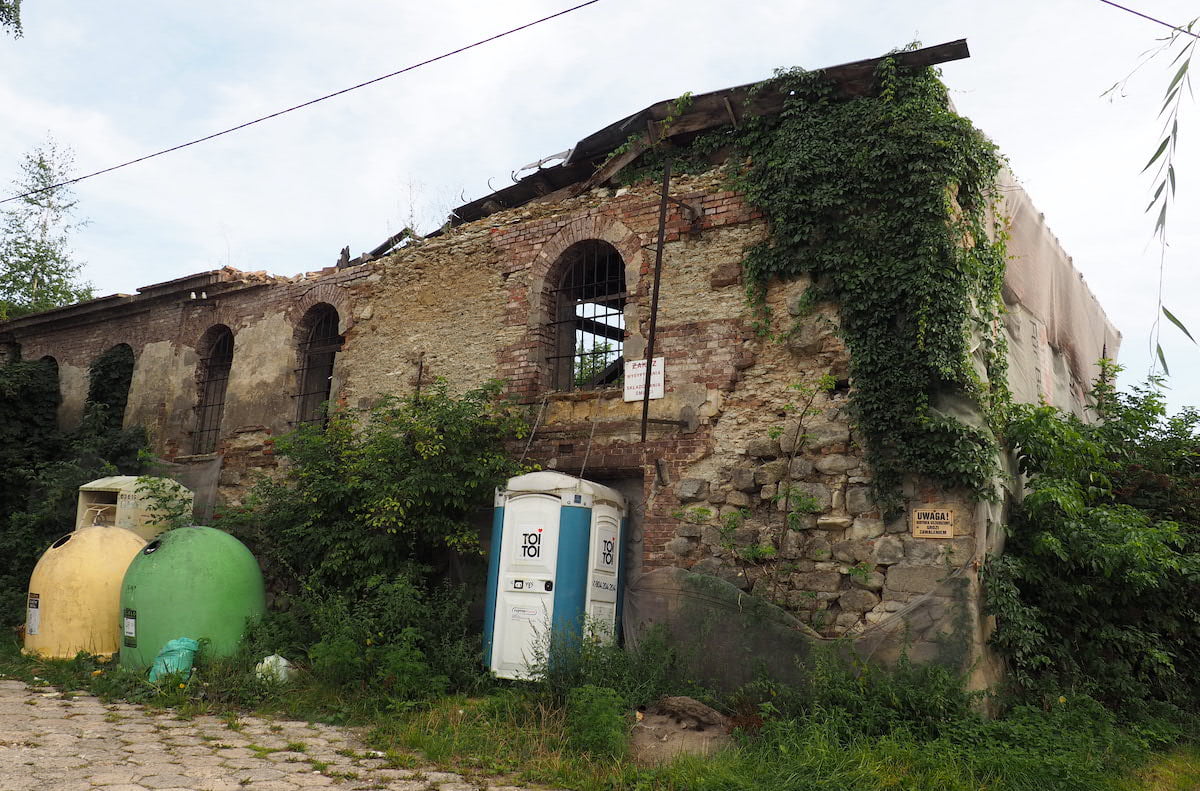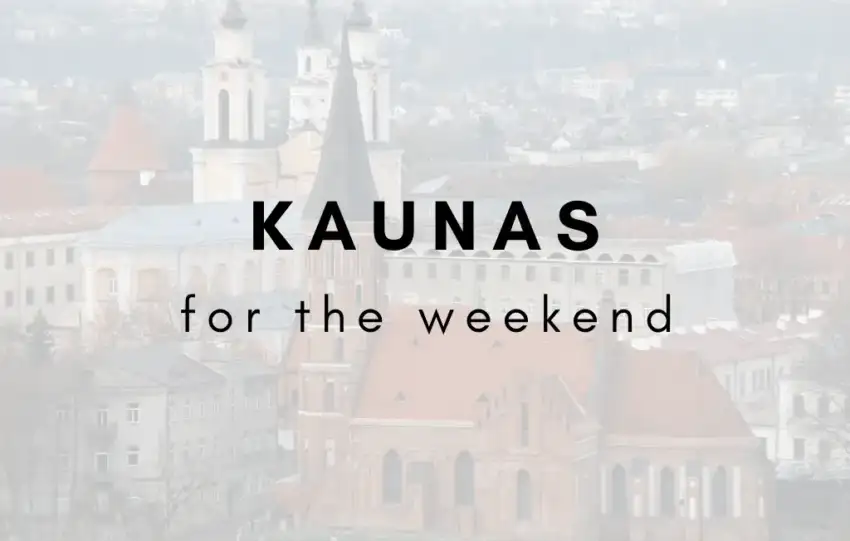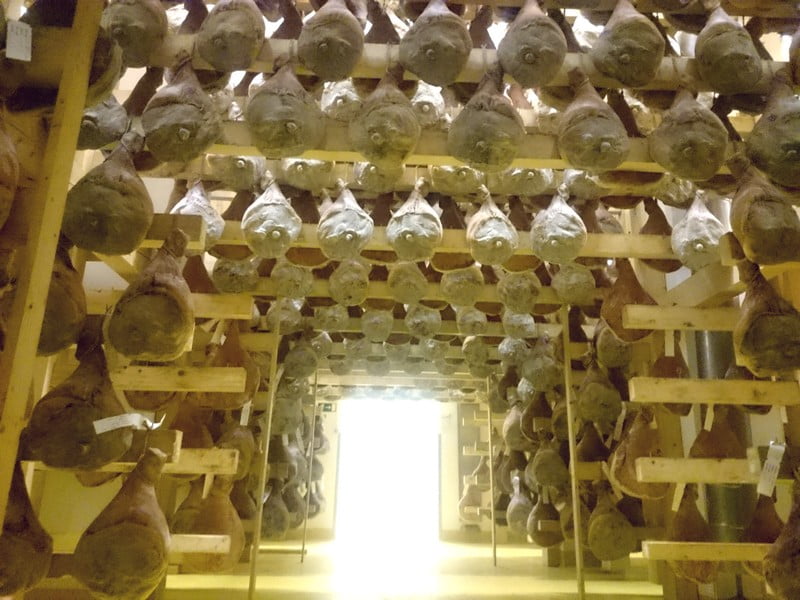Share This Article
Many of you know Brno from walks or panoramas from observation towers, but what about going below the surface? The Underground Water Reservoirs in Brno are slowly regaining their splendor and are waiting for tourists! These extraordinary structures are impressive with their history, size and great acoustics!
This time I visited Brno, going to South Moravia together with Grono-Tour in cooperation with Worldee, the Office for the Promotion of South Moravia and the City of Brno.
Location and access
The Žlutý kopec hill is located right next to Spilberk Castle. Brno is the second largest city in the Czech Republic. It is located in Moravia, approximately 180 kilometers from the border with Poland. You can drive the whole way on the highway, so the journey will only take two hours. Remember that to do it, you have to buy a vignette.
The underground water reservoirs in the Žlutý kopec hill (Vodojemy na Žlutém kopci) are located at Tvrdého 15 street. There are parking spaces right in front of the facility, but if you plan to get here on foot, from the Cathedral of St. Peter and Paul will be about a half-hour walk away. You can also take a tram from the center (e.g. number 4) and walk a short distance to your destination.
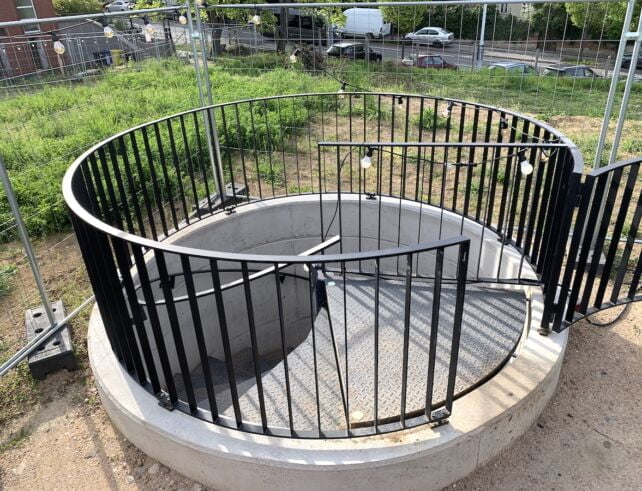
Tickets and availability
Currently (autumn/winter 2023), underground water reservoirs are closed to tourists. Work is underway to finalize the reconstruction works. According to plans, the entire complex is to be open to tourists in spring 2024.
Before the closure, limited reservoir tours were available. The tour took about 60 minutes, but there was also a longer version on offer, which also included the history of the waterworks of the city of Brno.
Ticket prices before the closure were CZK 250 for an hour-long trip (CZK 150 for discounts) and CZK 300 for an hour-and-a-half trip (CZK 200 for discounts). The organizers do not recommend visiting with children under 6 years of age. It is also worth mentioning that there was no toilet on site.
Information about the reopening will certainly appear on the website of the Brno Tourist Information Centere.
Underground water reservoirs in Brno – history
The underground water reservoirs date back to the 19th and 20th centuries and were intended to supply Brno with drinking water. They were built without the use of steel, wood or reinforced concrete, and many people compare them to underground cisterns in Istanbul.
For many years, the main source of water for Brno was the Svratka River. In the mid-19th century, it turned out that the current water supply structure was insufficient and the construction of a new one was required. A competition for a new design was announced in 1863 and four companies took part. The winning bid was submitted by London architect Thomas Docwry.
The underground tanks in Brno took 9 years to build, using bricks produced on site in the city. This structure was stable thanks to the use of arches, and its tightness was due to the layer of clay that was used during construction. In the following years, more tanks were built, but these were concrete. In total, over twenty thousand cubic meters of water could be stored there.
During my visit, the concrete tanks were not yet fully prepared for tourists. They were created in 1916-1917. They are supported by 87 pillars, and the chambers measure 45×30 and 35×30 meters. They are 6 meters high.
The tanks were built using the same method. First, pits were dug and the structure was laid, which was then covered with a layer of clay and soil. The brick tanks were connected to each other by a technical tunnel, but it is not available today and the entrance is via a specially built staircase.
Underground water reservoirs in Brno ceased to function in 1997, when they were disconnected from the power supply network. In 2019, the renovation of the reservoirs and their adaptation for tourist purposes began. Its first stage was completed in 2022. In 2019, underground water reservoirs in Brno were recognized as a monument of cultural heritage.
Reservoir I
The first and oldest reservoir was built in 1868-1872. It consists of 11 parts connected together. This tank is approximately 45×45 meters and its height reaches 7 meters.
During the works aimed at making the reservoirs available to tourists, it was necessary to develop entrances and exits, because these reservoirs did not have such an extensive system of entrances and exits because they were filled with water. Today, safe entries and exits from the reservoirs have been created to meet the needs of tourists. Once inside, it’s hard to imagine that they were once filled with water. The equipment found in both tanks may remind us of this.
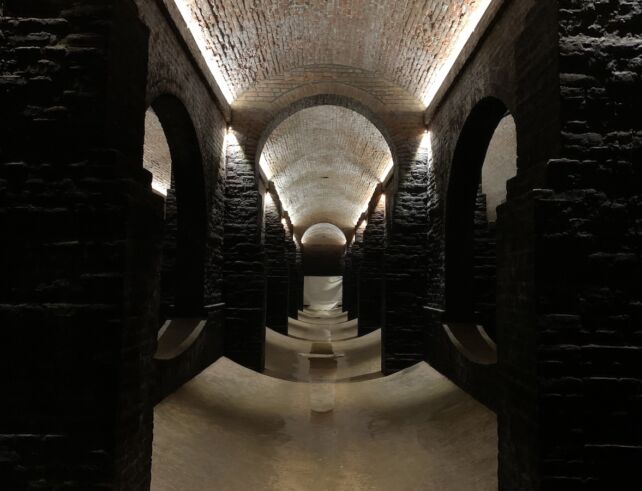
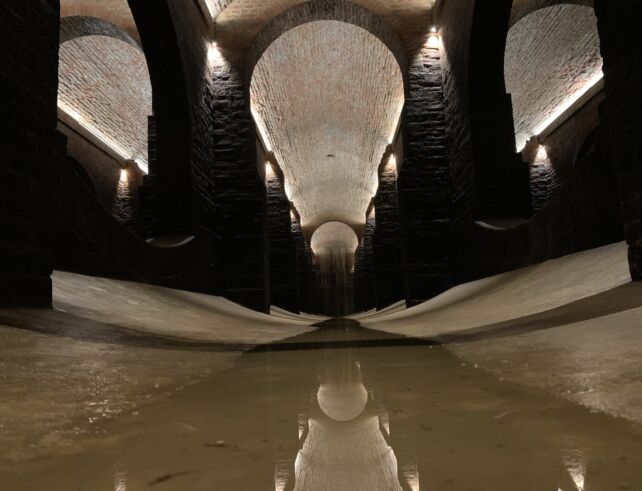

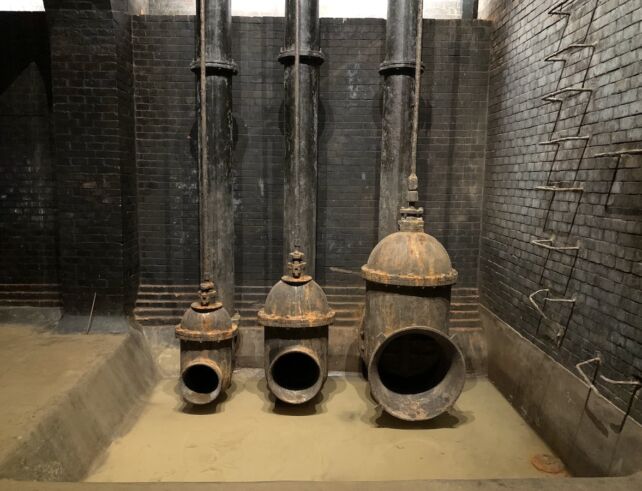
Tank II
We have two tanks at our guests’ disposal, which, although similar, are different. When visiting the reservoirs, you must be prepared for a high humidity and a delicate layer of “mud”. Both tanks are perfect for photo sessions, but they have also been used for filming. The second tank has dimensions of 45 x 75 meters and a height of 8 meters. You will find 70 pillars supporting the entire structure. It was created in the years 1896-1900.
They also have excellent acoustics, but organizing concerts is difficult due to the instruments that quickly go out of tune. This is due to high humidity and lower temperature than on the surface.
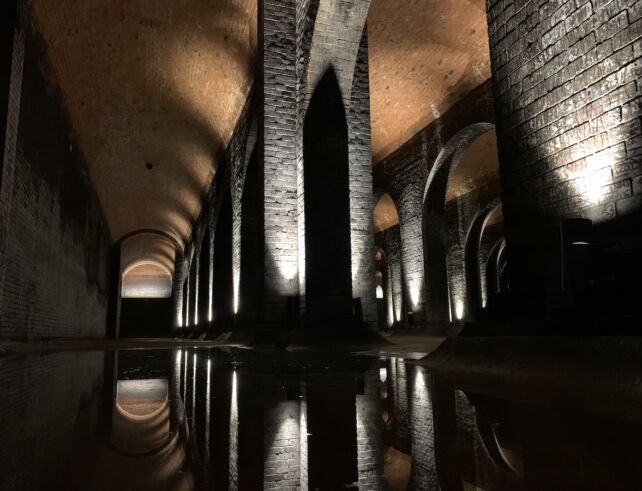
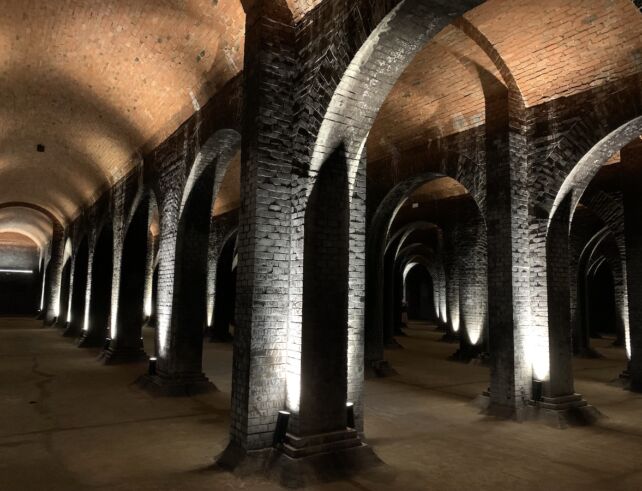
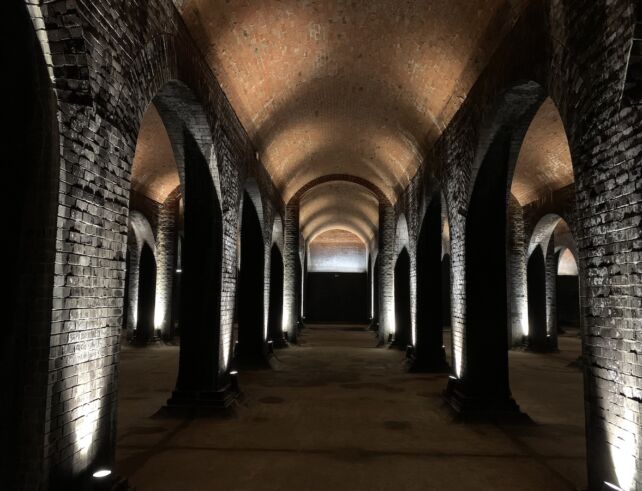
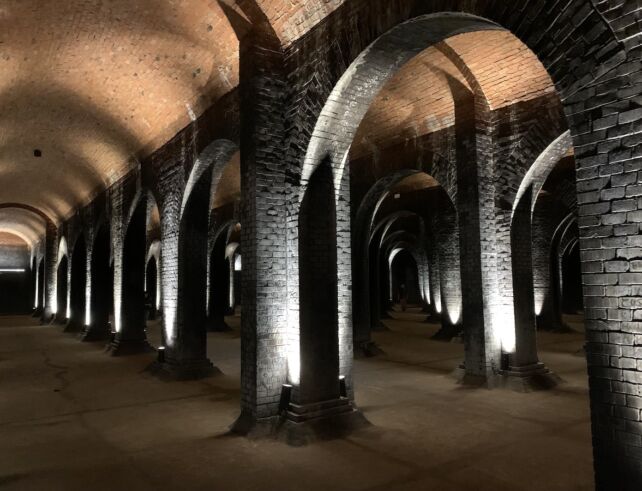
How was it?
The underground water reservoirs in Brno are an impressive place! You will definitely like the huge underground structures enriched with beautiful lighting! It’s the perfect place for a quick visit, but also for a sophisticated photo session. When in Brno, be sure to visit the city’s classics, such as the Cathedral or Spilberk Castle, but also leave time for the underground water reservoirs, because it is worth it!



